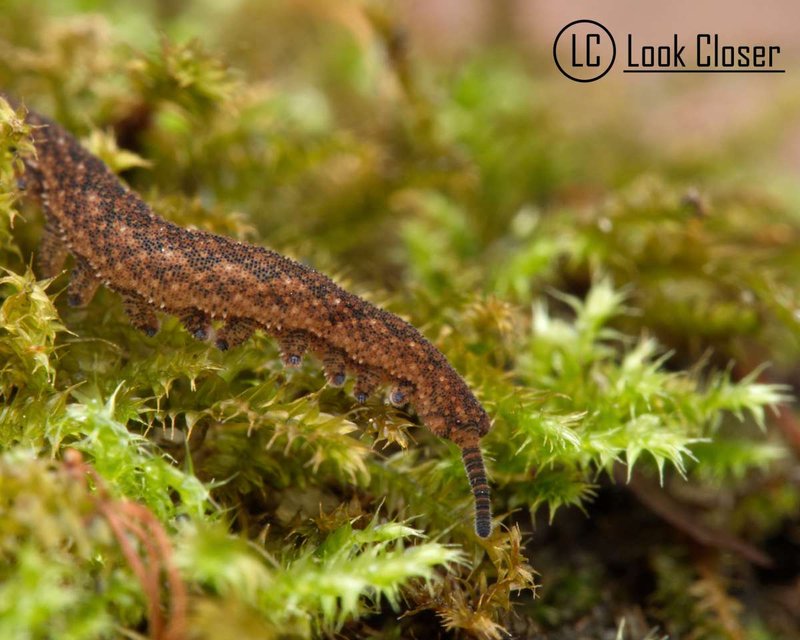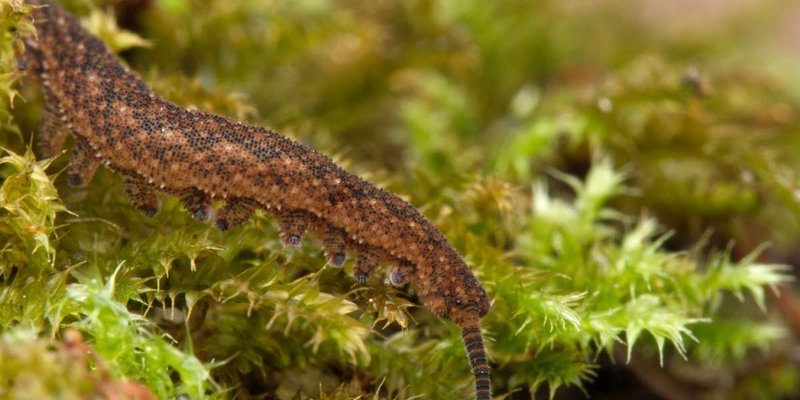
Velvet worms are a bit like the secret agents of the forest, thriving in humid, protected environments where they can flourish away from the hustle and bustle of human activity. These curious creatures are part of the broader conversation about biodiversity and conservation, especially in places like protected forest reserves. So, why should we care about velvet worms and their populations? Let’s dig deeper and uncover the significance of these intriguing organisms and their habitats.
What Are Velvet Worms?
Velvet worms, scientifically known as *Onychophora*, are a unique group of invertebrates. They resemble tiny, squishy caterpillars, often measuring just a few inches long. With their soft bodies covered in a fine layer of velvety hair, they look almost cuddly, though you wouldn’t want to cuddle one! They have multiple pairs of legs that help them move stealthily through their damp environments.
Here’s the thing: velvet worms are neither insects nor true worms. They are part of a group called *panarthropods*, which includes arthropods like spiders and crustaceans. Found mainly in the tropical and subtropical regions, they thrive in moist habitats, including leaf litter, under rocks, and within rotting logs. Their secretive nature makes them a bit hard to study, but researchers are drawn to them like moths to a flame.
These creatures are also fascinating in their hunting method. They produce a sticky slime to capture their prey—typically small insects. It’s like a tiny nature documentary happening right under our feet, and yet many people go their whole lives unaware of these mini predators.
The Importance of Forest Reserves
Now, you might be wondering why protected forest reserves matter when it comes to velvet worms. Well, these reserves are crucial for biodiversity. They provide safe havens where various species, including velvet worms, can thrive without the threat of habitat destruction or pollution.
Protected forest reserves often have rich, diverse ecosystems. They serve as the backbone for countless organisms—plants, animals, fungi, and more. When you preserve these habitats, you’re not just protecting individual species; you’re safeguarding the interconnected web of life that sustains them. Velvet worms benefit from this biodiversity, as they rely on specific environmental conditions to survive, such as humidity and the presence of decaying organic matter.
Moreover, forest reserves help maintain the balance of ecosystems. Velvet worms, being predatory in nature, play a role in controlling insect populations. If their numbers dwindle due to habitat loss, it can lead to an imbalance that affects other species. So, the fate of velvet worms is tied closely to the health of these protected areas.
Threats to Velvet Worm Populations
Despite their intriguing adaptations, velvet worms face threats that can impact their populations significantly. One major concern is the destruction of their natural habitats. When forests are cleared for agriculture or urban development, these creatures lose their homes. Imagine being evicted from your cozy little apartment with nowhere to go; that’s essentially what’s happening to velvet worms.
Another threat is climate change. As temperatures rise and weather patterns shift, the humidity and temperature levels that velvet worms need can fluctuate dramatically. They thrive in moist environments, so any changes can be detrimental. With less humidity, their chances of survival decline. It’s like trying to find your way out of a maze while the walls keep shifting!
Invasive species can also pose a risk. Non-native plants and animals can outcompete or prey on velvet worms, leading to a decline in their populations. So, protecting forest reserves isn’t just about keeping velvet worms safe; it’s about maintaining the balance of their entire ecosystem.
Conservation Efforts for Velvet Worms
The good news is that there are many ongoing conservation efforts aimed at protecting velvet worm populations. Various organizations focus on habitat preservation, ensuring that protected forest reserves remain intact. This means that velvet worms can continue to live in their natural environments without the threat of encroaching human activity.
Research initiatives also play a crucial role. By studying velvet worms in their habitats, scientists can better understand their needs and how to protect them. Programs that involve local communities can help raise awareness about these unique creatures and their ecological importance. When people realize the significance of velvet worms and their role in the ecosystem, they become more invested in preserving their habitats.
Education is another vital aspect of conservation. By teaching younger generations about velvet worms and their environments, we foster a sense of responsibility towards protecting nature. It’s like planting a seed that will grow into a lifelong commitment to our planet.
How You Can Help
You don’t have to be a scientist to help protect velvet worms or their habitats. Here are a few simple things you can do:
- Support conservation organizations: Look for groups that focus on protecting forests and biodiversity. Donations or volunteering can go a long way.
- Awareness: Share information about velvet worms and their ecosystems. The more people know, the more likely they are to care.
- Responsible eco-tourism: If you visit forest reserves, do so responsibly. Stick to marked paths and avoid disturbing wildlife.
- Plant trees: Support local reforestation efforts. Trees provide vital habitats for many species, including velvet worms.
Every little bit helps, and the more we come together to support our natural world, the better off all creatures—big and small—will be.
The Future of Velvet Worms
Looking ahead, the future of velvet worms in protected forest reserves will depend on our actions today. With ongoing conservation efforts and increased public awareness, there’s hope for these unique creatures. They are part of a delicate web of life that deserves our attention and care.
As we continue to explore and understand the importance of biodiversity in our ecosystems, let’s not forget the velvet worms quietly going about their mysterious lives. They may not be the most glamorous animals out there, but their existence contributes to the balance of nature in ways we’re just beginning to understand.
By protecting forest reserves and the diverse life they support, we’re not just saving velvet worms—we’re preserving the health of our planet for generations to come. So next time you wander through a forest, remember the velvet worms and other unseen wonders that call it home. Your efforts can make a difference, one tiny creature at a time.

